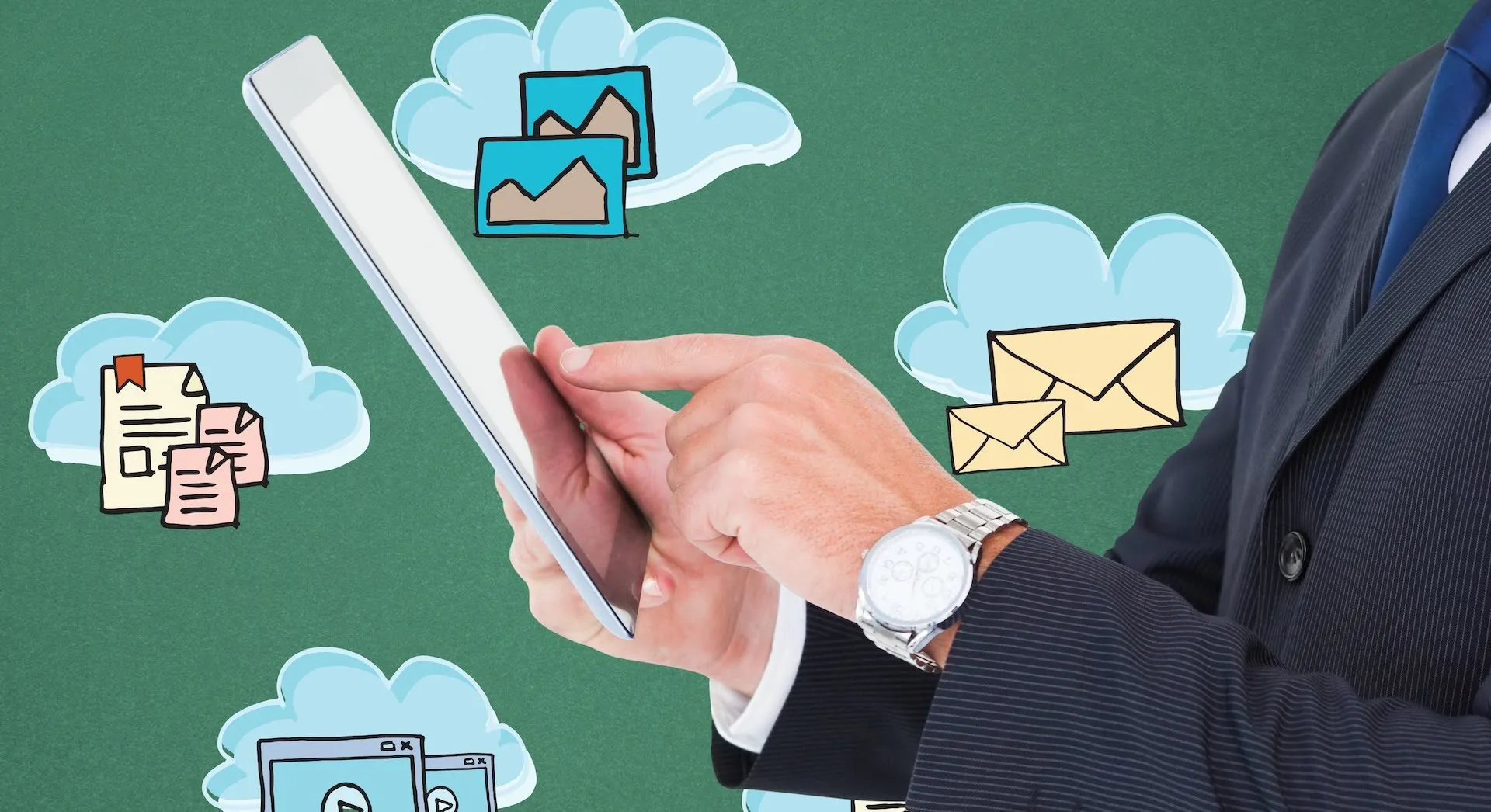How to Close More Deals With Sales Acceleration
Sales acceleration is the driving force behind every thriving company in today’s ever-evolving landscape. As a dynamic approach to boosting revenue, sales acceleration offers you a great opportunity to streamline your sales process and stay ahead of the curve.
In today’s guide, we’ll answer the following question:
- What is sales acceleration?
- How can sales acceleration support your business growth?
- What is the best sales acceleration formula?
Let’s jump right in!
What Is Sales Acceleration?
Sales acceleration refers to all the strategies, tools, and tactics that companies use to improve their sales performance. The end goal is to shorten the sales cycle, improve sales efficiency, and close more deals to increase revenue.
Effective sales acceleration focuses on optimizing various stages of the sales process at once. For example, sales teams can focus on improving demand generation and lead nurturing simultaneously to identify, engage, and convert potential customers more quickly and effectively.

What Makes Sales Acceleration Important?
Sales acceleration plays an essential role in helping more companies grow quickly and dominate their target markets.
Here are four benefits that you can get with sales acceleration:
1. Boost Sales Efficiency
Adopting any sales acceleration technique will help your sales team be far more effective in closing deals. There are endless ways to accelerate your sales process and maximize productivity through optimization and automation.
One highly effective method is utilizing white label services, which enable businesses to access expert tools and resources without the need for in-house development. By integrating white label solutions into your sales strategy, you can streamline processes, enhance efficiency, and maintain a competitive edge while focusing on your core business activities.
Here’s a quick example:
Sales acceleration tools can help automate repetitive tasks and free up time for more important duties. So instead of wasting time on monotonous, routine tasks, sales reps can instead shift their focus toward high-priority sales activities that can enhance sales efficiency.
2. Gain Competitive Advantage
Sales acceleration is a great way to stay ahead of any rivals in your industry. And the reasoning behind this is quite simple!
Companies that embrace sales acceleration are better equipped to adapt to market changes, capitalize on emerging growth opportunities, and dominate their competition. If you are continually refining and improving your sales processes, you’ll have a better chance at maintaining a competitive edge and staying ahead in the rapidly evolving B2B landscape. In order to keep up with the competition, it’s crucial to regularly track their strategies. However, keep in mind that some competitors may have restricted content so use a proxy unblocker service to easily access any relevant information.
3. Elevate The Buyer’s Experience
Personalized content, targeted communication, and data-driven insights are all key elements of sales acceleration. And they’re excellent tools to engage prospects more effectively and ensure a seamless buying experience.
As we all know, improving the customer experience is an ideal way to establish stronger connections with target buyers and foster trust. So that makes sales acceleration one of the best strategies for increasing sales and driving customer loyalty.
4. Enable Data-Driven Decision-Making
Sales acceleration relies heavily on the collection, analysis, and monitoring of data to help you make better decisions. It leverages a variety of tools and strategies that can allow you to visualize data more clearly and let it guide your business decisions.
By setting goal-oriented KPIs and tracking them throughout the sales cycle, your sales team will be able to identify trends and uncover new opportunities, and make quick adjustments that can amplify your sales success.
How Do You Accelerate Sales Growth: The Best Sales Acceleration Formula
The core components of an effective sales acceleration formula are the following:
Demand Generation
Demand generation is the practice of identifying ideal buyers, understanding their needs and pain points, and then creating content that resonates with them. The main purpose of demand generation is to generate interest and attract quality leads, which can then be nurtured and converted into paying customers.
Implementing a successful demand generation strategy starts with developing an ideal customer profile for your target audience. That involves identifying the key demographics while also understanding the behaviors and interests of potential clients. To gather that kind of information, businesses can use various strategies — including customer surveys, website analytics, and social media insights.
Now:
Once the target audience has been identified, the marketing team can develop content that speaks directly to and resonates with ideal prospects. Of course, that content must first be educational and also come in different formats such as blog posts, whitepapers, case studies, etc in order for it to provide value and insight to the target audience.
More importantly:
Content created for demand generation needs to be distributed through various channels, including social media platforms, organic search, email, and paid advertising.
Sales Enablement
Another effective strategy for sales acceleration is sales enablement — which is the practice of providing sales reps with everything they need to excel at their job. That includes any sales tools, informational resources, and practical training that can result in streamlined workflows and improved sales efficiency.
At its core, sales enablement is an ongoing process that requires regular training sessions and access to the latest sales techniques and tools. For example, sales reps at your company should always be learning more about new sales techniques and getting access to the latest automation technology.
And that’s not just limited to martech and sales software, they must also be proficient in tools for writing invoices and contract makers, which streamline transactions and ensure compliance while reducing manual errors. While not as glamorous, these process-related platforms are pivotal in closing deals efficiently.
As is the case with any sales acceleration method, it’s crucial that you track the efficiency of your sales enablement efforts. You should always be looking at your KPIs and comparing your before and after sales results.
Lead Nurturing
Lead nurturing is the process of engaging prospects by providing them with valuable information and insights. The concept is somewhat similar to sales enablement in that you’ll be constantly creating informational resources to provide value. But this time, the main target is engaged leads who are already in your sales funnel.
The importance of lead nurturing is self-evident… Educating your prospects without asking for anything in return is a great way to promote your company as a thought leader and enhance trust.
For your lead nurturing strategy to be successful, you need to have a clear understanding of the customer journey. For starters, you must identify the key stages in the sales cycle and then develop educational content to support prospective buyers at each stage.
It’s vital to understand the following:
While prospective clients at different stages of the sales funnel may face similar challenges, the questions they’ll have in mind will differ widely. Leads at the awareness stage will likely want to learn more about if a solution exists — whereas solution-aware prospects will want to understand how your product or service can help their business.

Sales Activity
The most successful companies worldwide always prioritize sales activity as a way to accelerate their growth and achieve greater profitability. But what is that exactly?
Basically:
Any task that’s the responsibility of the sales team will fall under sales activity. That mainly includes:
Prospecting: The sales rep will identify potential customers and reach out to them to capture their interest and turn them into leads.
Outreach and follow-up: Reaching out to and following up with new prospects on a regular basis is essential for relationship building. Whether through phone calls, emails, LinkedIn InMails, or any other form of direct communication.
Lead qualifying: Leads that enter the sales funnel must be qualified by the sales team to assess how fit they are to buy the product or service.
Object handling: Anticipating objections and addressing them effectively is the essence of boosting sales conversions. Sales reps must have a complete understanding of what the prospect is dealing with before they can offer any genuine solutions.
Deal closing: The sales rep must either ask directly for the sale or use other closing techniques to seal the deal.
Sales Acceleration Tools
Leveraging advanced tools can significantly enhance the effectiveness of your sales efforts. That combined with adequate training and support for your sales reps is all your business needs to guarantee maximized sales results.
Some key features and benefits of sales acceleration tools include:
Automation: Sales acceleration tools will help you save time and improve efficiency by automating repetitive tasks such as data entry, lead scoring, and appointment scheduling.
Personalization: By using sales acceleration tools to personalize outreach, your SDRs can take communication as well as the overall customer experience to the next level.
Lead scoring: There are many CRM tools that offer lead scoring features to help you prioritize leads based on their likelihood of them converting into buyers.
Sales analytics: Advanced analytics and reporting are crucial for efficient decision-making in sales. Sales acceleration tools will provide you with real-time insights that can enable you to identify areas for improvement and take action quickly.


